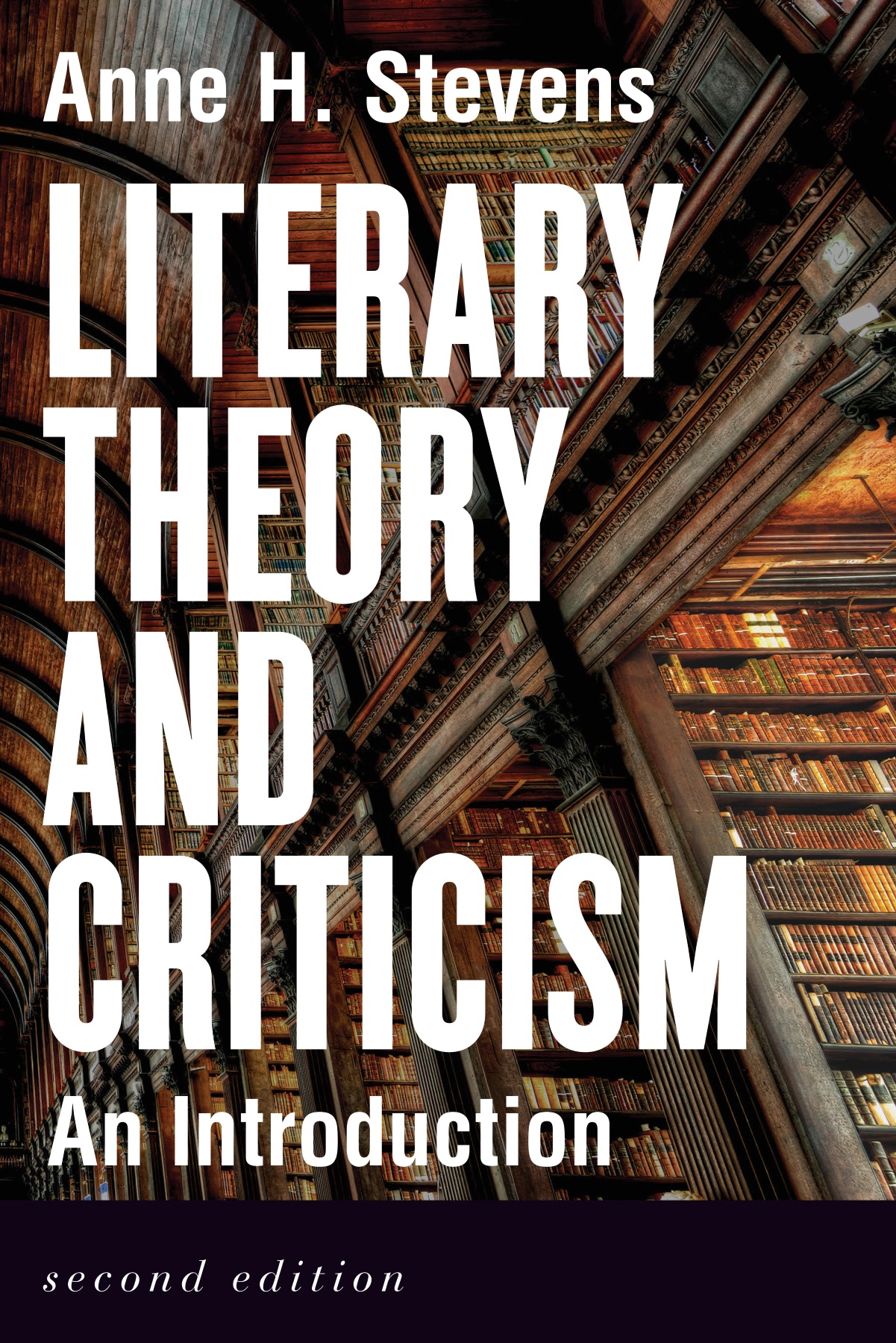Updates to the Second Edition of Literary Theory and Criticism
Anne H. Stevens
I began the task of revising my book Literary Theory and Criticism: An Introduction for a second edition knowing that there were a few areas I needed to add or expand. I had completed the manuscript of the first edition in August 2014, the same month that saw civil unrest in Ferguson, Missouri over the killing of Michael Brown by officer Darren Wilson. In the months that followed, the #BlackLivesMatter movement gained national attention. As I thought about a new edition of the book, I knew I needed to mention #BlackLivesMatter in the chapter on politics even before the murder of George Floyd and the renewed attention to issues of police brutality and racial justice in the summer of 2020.
Another emerging area I knew I needed to address was affect theory. It was an omission in the first edition mostly because it was a subject I didn’t know in any depth. This section proved to be one of the most challenging yet rewarding portions of the revision. I spent weeks reading Silvan Tomkins, Brian Massumi, Norbert Weiner, Sianne Ngai, Lauren Berlant, Eve Sedgwick, and others in order to be able to come up with what amounted to a page and a half overview of the approach.
In response to feedback from readers of the first edition I expanded the discussion of disability studies and of ecocriticism, adding a brief discussion of object-oriented ontology. Other new topics introduced in the second edition include transgender studies, Indigenous studies and the concept of settler colonialism, posthumanism, and surface reading.
One topic I added that took on surprising political valences in 2020 was the section on Critical Race Theory (CRT). Though originally a movement within legal studies, CRT had made impacts on literary theory significant enough that I wanted to add a section for the second edition, making particular mention of Kimberlé Crenshaw’s concept of intersectionality. But in September 2020 discussions of CRT became highly politicized after conservative activist Christopher Rufo appeared on Fox News descrying the movement. This led to several states passing legislation banning the teaching of CRT in public schools.
Finally, an entire American presidency came and went between the publication of the first edition and the publication of the second edition. One of the last changes I made to the manuscript was to add a brief mention of “the politically polarized culture of the presidency of Donald J. Trump (2017-2021)” to the start of chapter 8.

